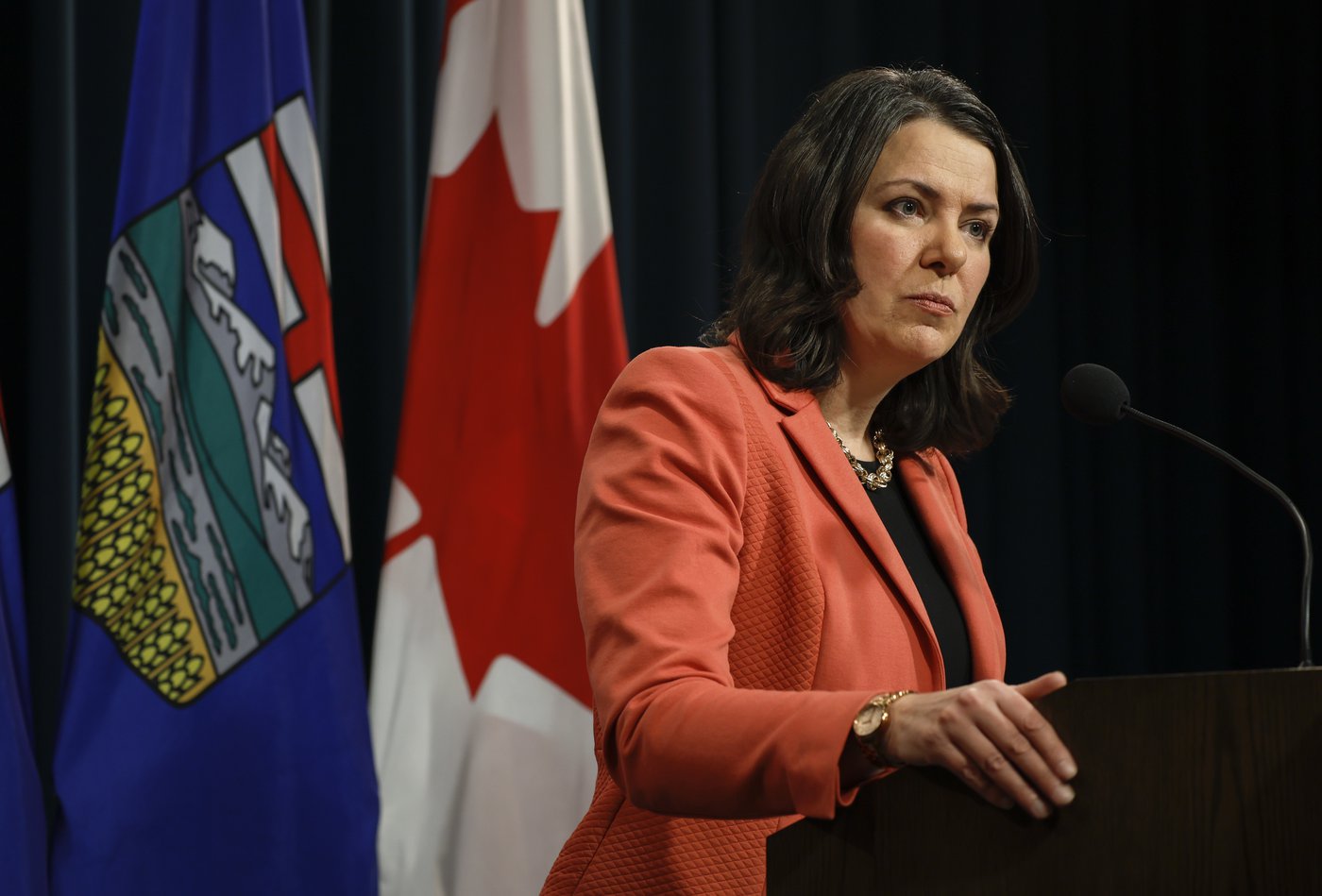Here is a roundup of stories from The Canadian Press designed to bring you up to speed…
More details emerge about fatal border crossing
The trial of two men accused of human smuggling is expected to soon hear from a migrant who survived a long walk across the Canada-U. S. border in a blizzard.
Steve Shand and Harshkumar Patel are charged with organizing several illegal crossings, from Manitoba to Minnesota, of people from India.
They have pleaded not guilty and their trial is set to run until Friday.
One of the crossings they are accused of organizing saw a family of four freeze to death as they struggled to walk in blowing snow and wind chills below -30 in January 2022.
Border officials caught seven others that day, one of whom is scheduled to take the witness stand as early as today.
Here’s what else we’re watching…
Canadians favour intervention in post strike: poll
A new poll suggests Canadians are supportive of government intervention in the labour disputes at ports and at Canada Post.
Polling firm Leger found 63 per cent of respondents to a new survey were in favour of the Liberal government’s move to step in and ask the Canada Industrial Relations Board to order a resumption of port operations and move negotiations into binding arbitration. Nineteen per cent were opposed, and another 19 per cent said they didn’t know.
Just over half of respondents, 57 per cent, said they would be in favour of the government doing the same in the ongoing Canada Post strike. Twenty-one per cent were opposed, and 22 per cent said they didn’t know.
About 55,000 employees represented by the Canadian Union of Postal Workers have been on strike since Friday, shutting down operations and halting deliveries. The federal government has appointed its top mediator to help reach a new agreement.
On Friday, Labour Minister Steve MacKinnon ruled out early intervention in that strike.
Refugee increase leads to new temporary housing
A significant increase in the number of refugees and asylum seekers in Canada has prompted some cities to start building temporary housing for new arrivals.
The city of Ottawa is working to establish what’s known as a sprung structure that serves as both a temporary shelter and a centre to provide settlement services such as language training and employment assistance.
These centres are meant to house refugees only for their first few weeks in the city before they move on to more suitable housing in Ottawa’s settlement infrastructure.
The city has identified two potential locations for these centres, both in the city’s west end. Planning documents describe them as “modular tension fabric buildings.”
The planned locations for these structures have been a point of tension in the affected neighbourhoods. The city’s first proposed location was cancelled following significant resident pushback. It then came up with two new options, and rallies were held in both spots last weekend both for and against the idea of putting the structures there.
Yukon council refuses to take oath to King Charles
Governance in Yukon’s second-largest municipality has been at a standstill since its newly elected mayor and council refused to pledge allegiance to King Charles during their swearing-in ceremony.
Stephen Johnson, the mayor-elect of Dawson City, said he and the four-member council refused to take Canada’s official oath to the monarch on Nov. 5 because of the Crown’s history with Indigenous populations.
He said council hasn’t been able to proceed with municipal duties and is eagerly waiting for the territory’s Department of Community Services to respond to its request to take an alternative to the Oath of Allegiance.
Johnson said under the Yukon’s Municipal Act, elected officials are required to take the Oath of Allegiance and an oath of office.
The Oath of Allegiance requires newly elected councillors to swear or affirm they “will be faithful and bear true allegiance to His Majesty King Charles III” and his “heirs and successors according to law.”
Trans Remembrance Day to highlight Alberta bills
Adebayo Chris Katiiti, jailed for being a transgender man in Uganda, was brutally beaten as a child for wearing his brothers’ clothes.
But in October, and for the first time since he arrived in Canada, Katiiti said he began to feel like his safety is in jeopardy again.
That’s when Alberta’s United Conservative Party government introduced three bills that would affect transgender people.
On Wednesday, when Transgender Day of Remembrance is recognized around the world, harmful effects of Alberta’s proposed legislation are set to be highlighted during an evening event in Edmonton.
Katiiti is helping to organize the memorial.
If enacted, the bills would restrict transgender athletes from competing in female amateur sports, prohibit doctors from treating those under 16 seeking gender-affirming surgeries, and require children under 16 to have parental consent if they want to change their names or pronouns at school.
This report by The Canadian Press was first published Nov. 20, 2024.
